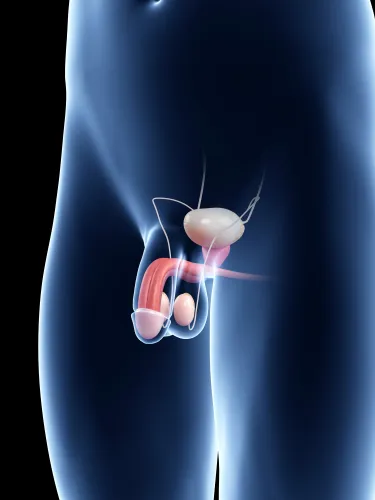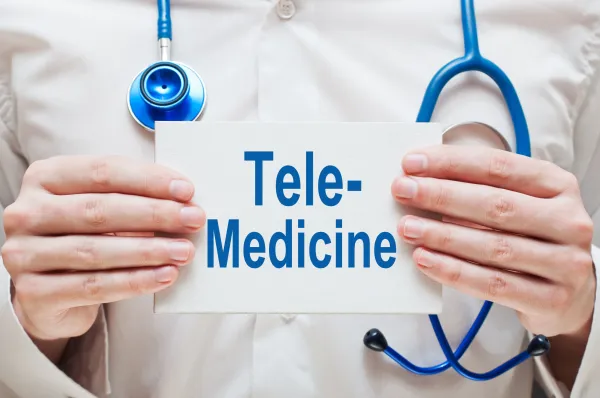Urology Coding Alert
RPM:
Check These Facts Before Reporting Remote Patient Monitoring
Published on Tue Jun 13, 2023

You’ve reached your limit of free articles. Already a subscriber? Log in.
Not a subscriber? Subscribe today to continue reading this article. Plus, you’ll get:
- Simple explanations of current healthcare regulations and payer programs
- Real-world reporting scenarios solved by our expert coders
- Industry news, such as MAC and RAC activities, the OIG Work Plan, and CERT reports
- Instant access to every article ever published in Revenue Cycle Insider
- 6 annual AAPC-approved CEUs
- The latest updates for CPT®, ICD-10-CM, HCPCS Level II, NCCI edits, modifiers, compliance, technology, practice management, and more
Related Articles
Other Articles in this issue of
Urology Coding Alert
- Lab Testing:
Collect for Urinalysis Every Time With 3 Essential Tips
Understanding what ‘constituents’ entail will help you code correctly. Urinalysis testing is so routine at [...] - RPM:
Check These Facts Before Reporting Remote Patient Monitoring
The OIG has added RPM to its latest Work Plan. Most urology practices increased their [...] - CPT® 2023 Review:
Test Your New Hernia Repair Code Knowledge
Have your urologist get specific with size. If your urologist works with general surgeons performing [...] - You Be the Coder:
Capture Full Picture With Infection Coding
Question: Is there an ICD-10-CM code for a systemic Bacillus Calmette- Guerin (BCG) infection? My urologist [...] - Reader Questions:
Count Test, Surgery Recommendations Despite Patient Refusal
Question: Sometimes my urologist orders a diagnostic test — such as urinary flow, postvoid residual urine, [...] - Reader Questions:
Rejoice in Cigna Modifier 25 Reprieve
Question: I saw in the last issue of Urology Coding Alert that Cigna has a new policy that [...] - Reader Questions:
Don’t Stop at R31 for Hematuria
Question: I code for a urologic oncologist. I sometimes have to report hematuria diagnoses, but I [...]
View All




